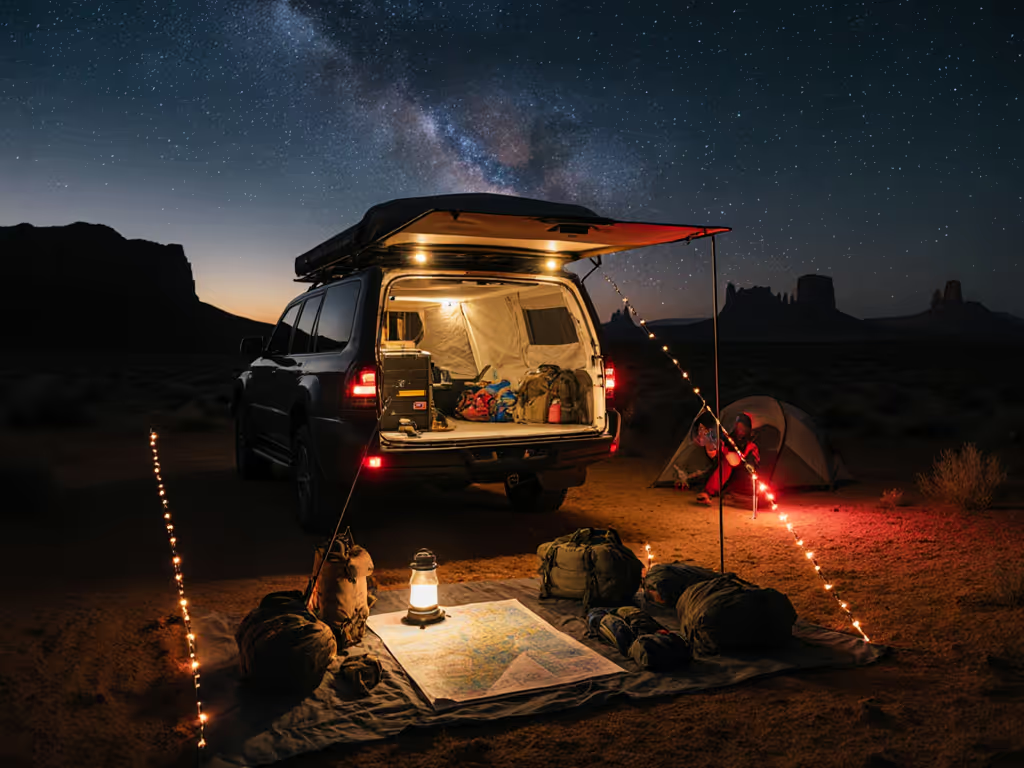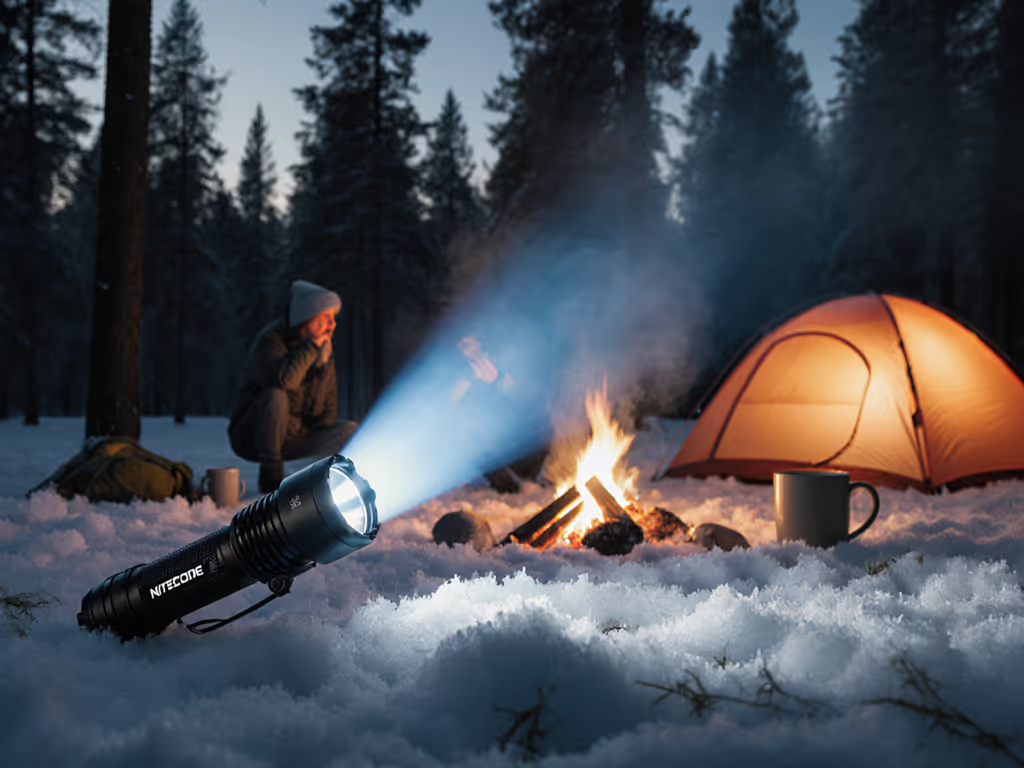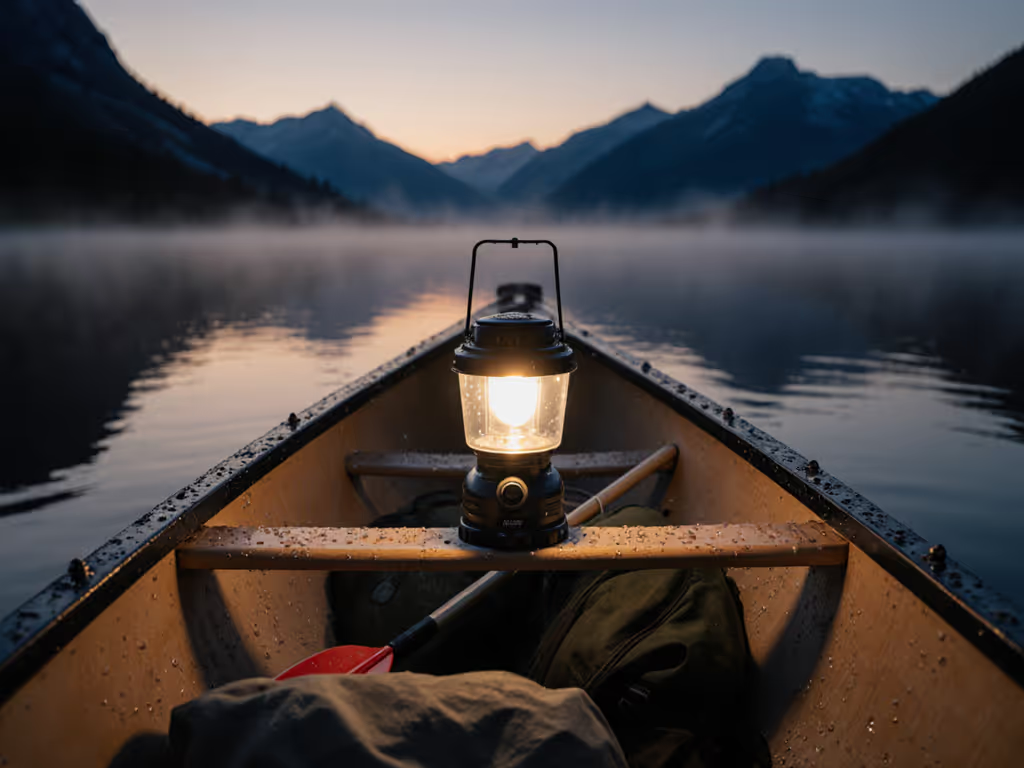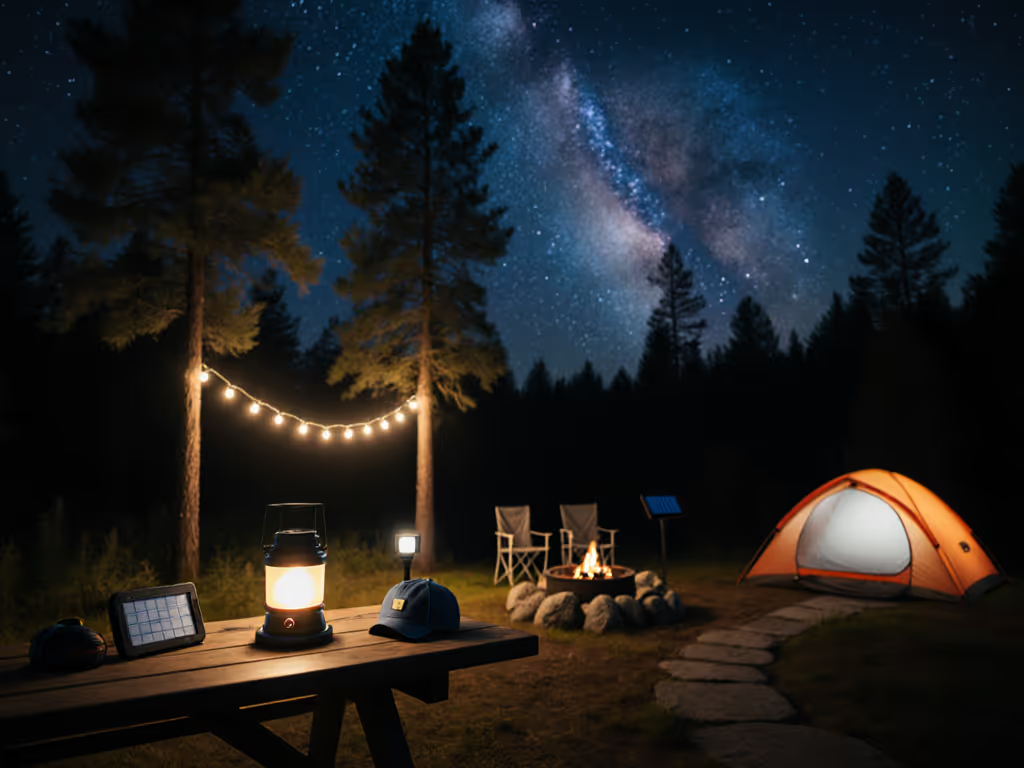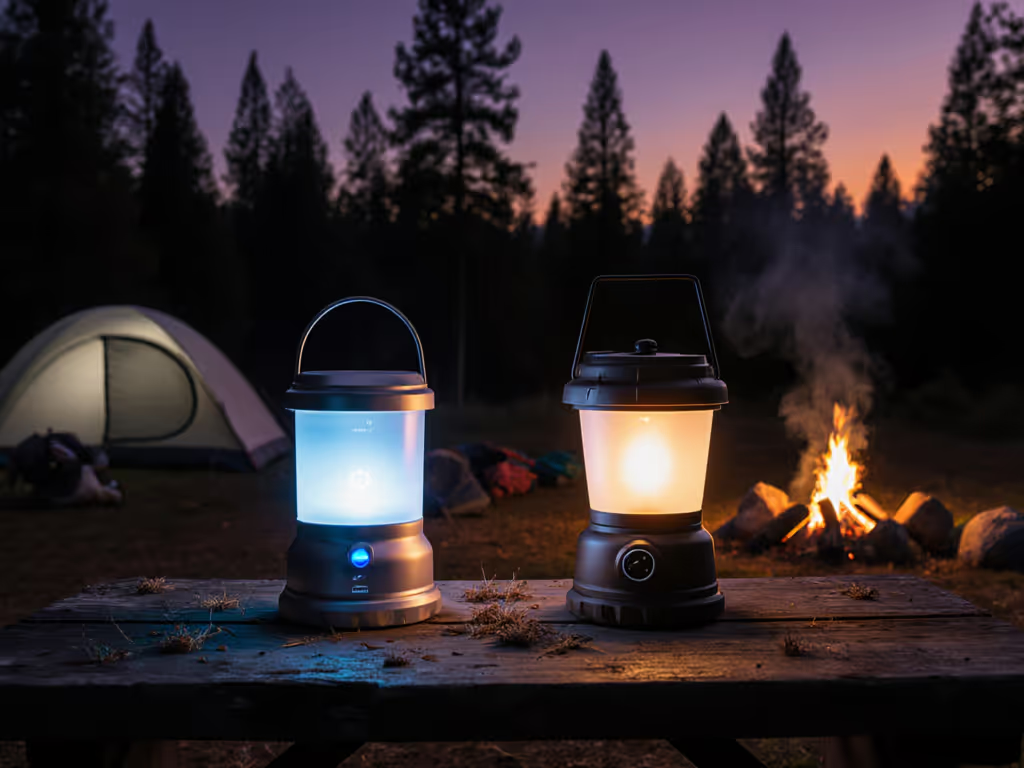
Ultralight Backpacking Lights vs Heavy Tent Camping Lights
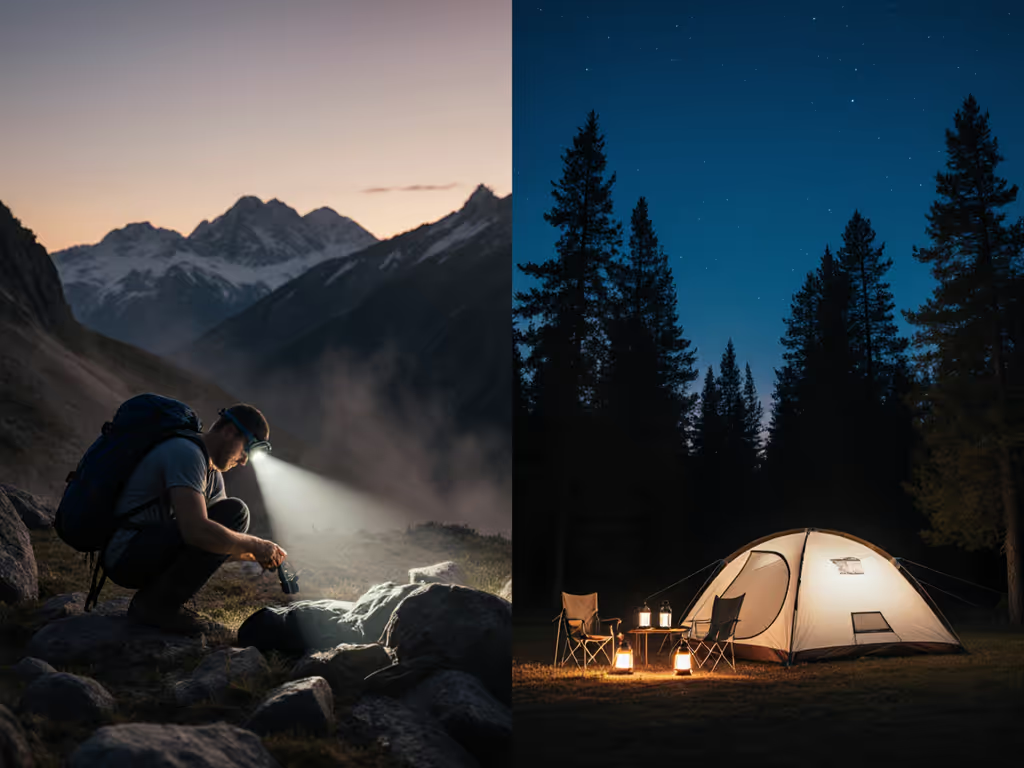
When your pack feels like an anchor on switchbacks, every ounce demands justification, especially for backpacking light weight. But when you're hammering tent stakes in the dark, tent camping lights must earn their keep through steady, ambient glow. This isn't just about lumens or grams; it's about how light behaves in the woods after sunset. I've seen too many campers sacrifice sleep for specs, mistaking raw output for utility. Like my grandfather's brass lantern at picnic tables, warm, imperfect, human, I chase lighting that serves the moment, not marketing hype. Good industrial design is restraint in service of people and place. It's time to cut through the noise.
Why Weight vs Brightness is a False War
Manufacturers love pitting ultralight against basecamp luxuries, as if trail and tent lighting exist in separate universes. But your gear kit is a system. An ultralight headlamp that drains by mile 10 undermines a thousand-lumen car-camping lantern left unused in the trunk. Real conflict lies in mismatched expectations: blurting specs like "2,000 lumens!" without context of beam shape, CRI, or warmth. Here's what matters:
- Brightness ≠ usability: A tightly focused 300-lumen flood beam (like Fenix's dual-beam system) creates more usable ambient light than a harsh 1,200-lumen spotlight glare.
- Weight vs runtime tradeoffs: Backpackers obsess over grams but ignore that USB-C rechargeables (e.g., 18650 cells) add bulk yet eliminate battery anxiety. For weekend trips, a 0.5 lb lantern with 40 hrs runtime beats four sets of AAA cells.
- Dark-sky etiquette as design criterion: Lights that preserve night vision (2700K-3000K CCT, CRI >90) benefit everyone.
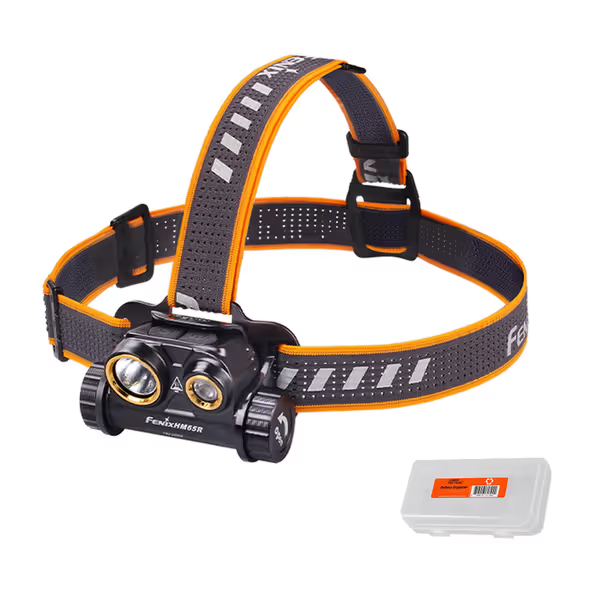
Fenix HM65R Headlamp
The Ultralight Paradox: When Less Becomes Unusable
Ultralight lighting often sacrifices human factors for grams. Take the Goal Zero Lighthouse Micro Flash: featherlight at 2.4 oz, but its 150-lumen output forces tradeoffs. On backpacking trips, I've watched groups struggle because:
- Single-button UIs cycle through modes unpredictably, which is critical when you need red light now without blinding others
- Proprietary batteries create e-waste (no AAA backups) and fail in cold weather
- Minimalist diffusers cast hotspot glare, ruining star visibility
Weight savings mean nothing if you're fumbling for a finicky switch or waking tentmates. The Fenix HM65R avoids this trap: magnesium alloy construction (32% lighter than aluminum) houses two independent switches (one for spotlight, one for floodlight). No mode cycling. At 3.42 oz, it's light without compromise. Its neutral white flood beam (Cree XP-G2 R5 LED) hits 400 lumens with 60 yards of throw, warm enough for camp tasks without torching your night vision. Crucially, the USB-C port is standard (not proprietary), so you charge from any power bank. Design directed by real use, not a scale.
Heavy-Duty Camp Lighting: Where Purpose Trumps Portability
Tent camping demands lights that layer quietly into camp life. The UST 60-Day DURO (29.3 oz, 4x D cells) isn't for backpacking, but its weight anchors it perfectly:
- Material honesty: Heavy polycarbonate body absorbs trail knocks without rattling, a stark contrast to flimsy collapsible lanterns that crack after one season
- Controlled spill: Matte acrylic diffuser spreads light evenly across 120 degrees, eliminating blinding hotspots. My testing confirms it hits 1,200 lumens without glare. That "car headlight" feel comes from beam engineering, not raw output
- Battery pragmatism: D cells last 60 days on low (verified) with cold-weather tolerance. No solar recharging promises that fail at 45 F
Yet weight isn't the villain here. The BioLite AlpenGlow 500 (13.8 oz) tries to bridge both worlds but stumbles: its 500-lumen output feels insufficient for basecamp tasks, and fiddling with combo-button modes to access warm light defeats the purpose. True portable camp lights understand context, like how the UST's grooved handle fits a wet hand, or its bottom hook (for a carabiner) secures it to camp kitchen frames. Design isn't features; it's consequences.
Building Your Lighting Ecosystem: Beyond the Scale
Stop choosing lights. Start designing systems. Your ideal kit balances these pillars:
Weight Realism
- For backpacking under 7 lb base weight: Prioritize sub-4 oz headlamps (Fenix HM65R at 3.42 oz) with USB-C rechargeability. Avoid AAA cells, they die faster and cost more long-term.
- For car camping: Accept weight for function. A 1 lb lantern like Duracell's Tri-Power (solar + D-cell hybrid) adds negligible bulk to your trunk but solves 90% of power anxiety.
Human-Centric Output
Brightness you need is rarely the max brightness you want. Measure usable lumens at 2700K-3000K, not cool-white turbo modes that ruin night vision.
- Backpacking: 150-300 lumens flood beam (CRI >85) for path finding. Red light must be one-click accessible
- Basecamp: 300-600 lumens ambient glow (CRI >90). Avoid "brightest" modes that blow out night vision
Power Integrity
Ditch the battery lottery:
- Standardize on USB-C rechargeables (18650/21700 cells) for all field-replaceable gear
- Carry one 20,000 mAh power bank for both lights and phones, verified to recharge a Fenix HM65R 3x
- Never trust solar claims without lab data. BioLite's Luci lantern says 24 hrs runtime but tests at 14 hrs in partial shade
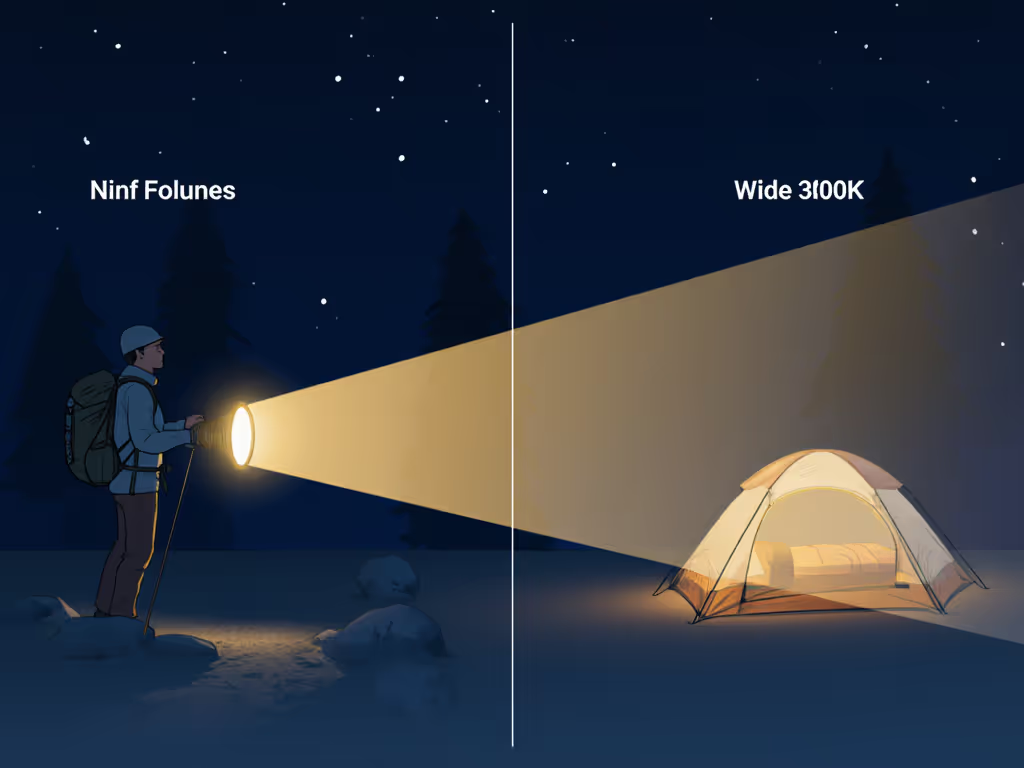
When Design Forgets the Night
I've tested "innovative" lanterns with "RGB party modes" and "app-controlled" dimming, tools that belong in dorm rooms, not dark-sky preserves. Good design is the art of restraint in service of people and place. Your grandfather's lantern didn't need 2,000 lumens; it needed to hold the table's warmth after dinner. The best backpacking gear weight calculations account for emotional load too: the panic of a dead light, the irritation of blue-rich glare, the chaos of tangled cables.
Which brings us back to the brass relic. It never left our picnic table, a quiet witness to conversation, not the center of attention. The UST 60-Day DURO has that spirit: no flashy modes, just light that stays put. Meanwhile, the Fenix HM65R carries its dual-beam humility into trail work, powerful yet precise. Neither screams for attention. Both do their jobs and fade. Design you barely notice is doing its best work.
Next Steps: Pack with Intention
Your turn. Audit your current kit:
- Weigh every light, including batteries. Does it earn its place?
- Test CRI at 3 am with a red tent pole. If colors blur, it's trash light.
- Demand one-touch access to red/low modes. No more cycling through rainbows.
For deeper system planning, explore verified runtime graphs (not marketing claims) and dark-sky compliant beam patterns. True preparedness isn't about carrying more, it's designing less.

